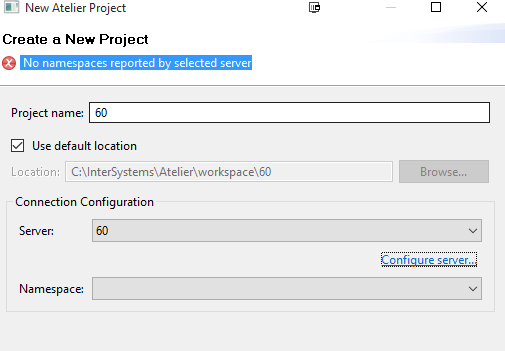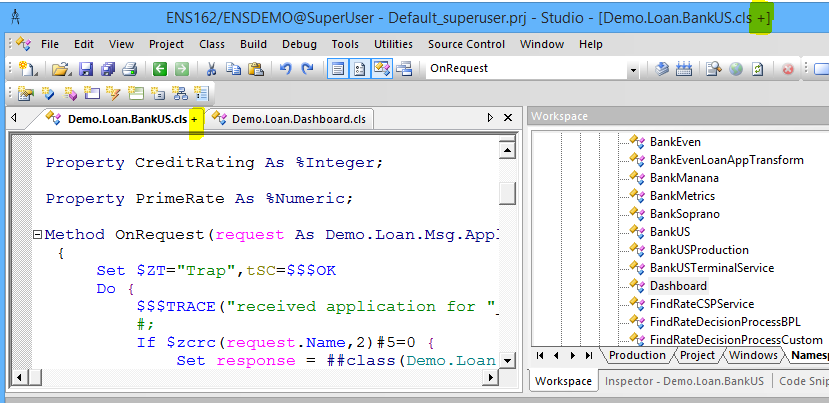I want to override the Get and Set methods of a class property. The class maps to a pre-existing global. The property is defined like so:
Property Invalid As %Library.Boolean;
with the property mapping to a node like ^GLOBAL(Code,"INVALID")=1
Code is a property in the same class.
The value can be 0 or 1 or the node might not exist. When it doesn't exist I want the value of the SQL field to come out as 0 (false).




